The evolution of marketing: from a small online store to a hypermarket
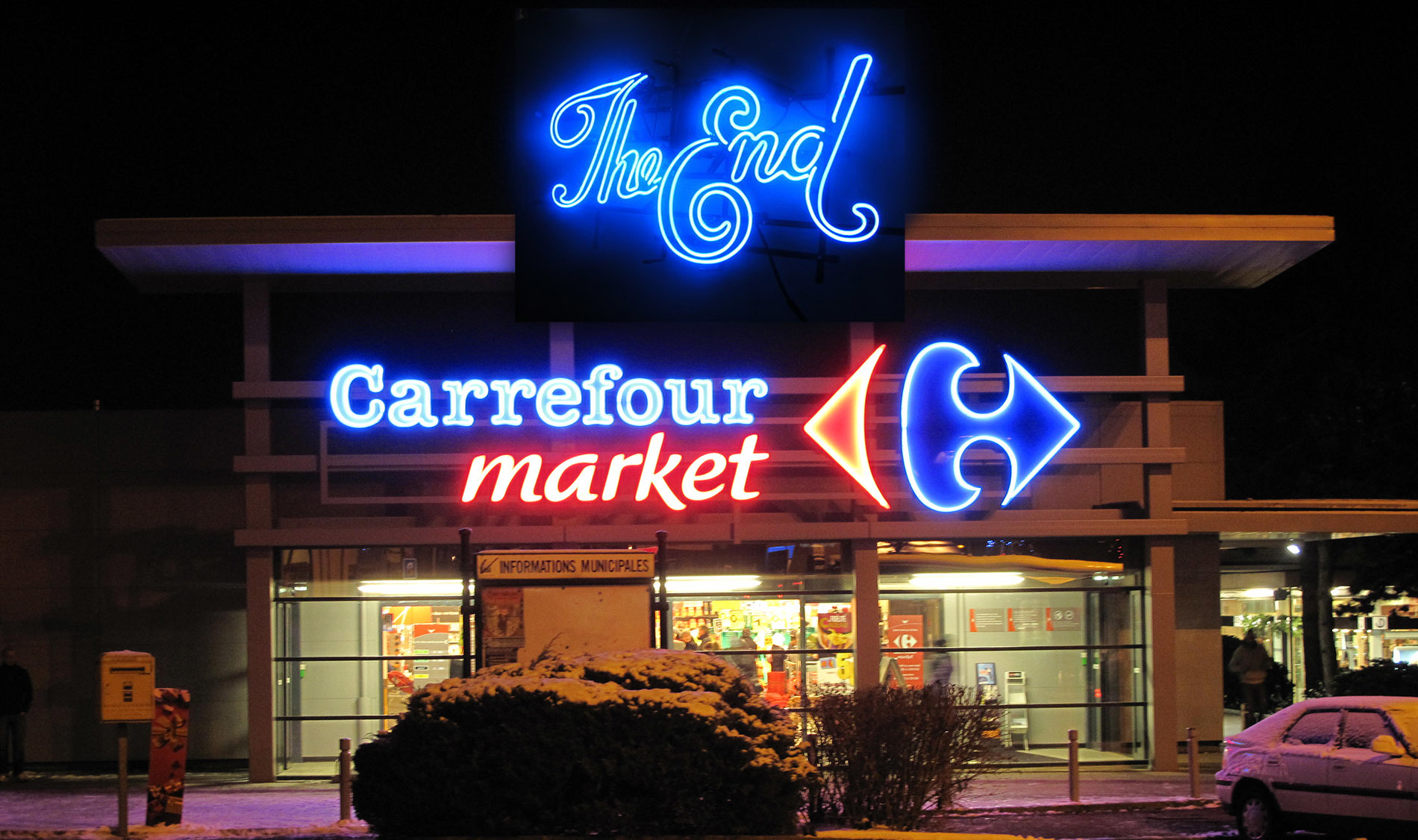
This is a story about how the site of the Sotmarket online store was created and how it worked with the channels to attract traffic as the company grew.
Note by the author. Survivors error
"Living corpses" - this is how the historian Kevin Wilson described the pilots of the Second World War.
')
The chances of surviving a bombardment were the same as when playing Russian roulette with several rounds. One time he may be lucky, but if you continue to play, no luck will be enough.
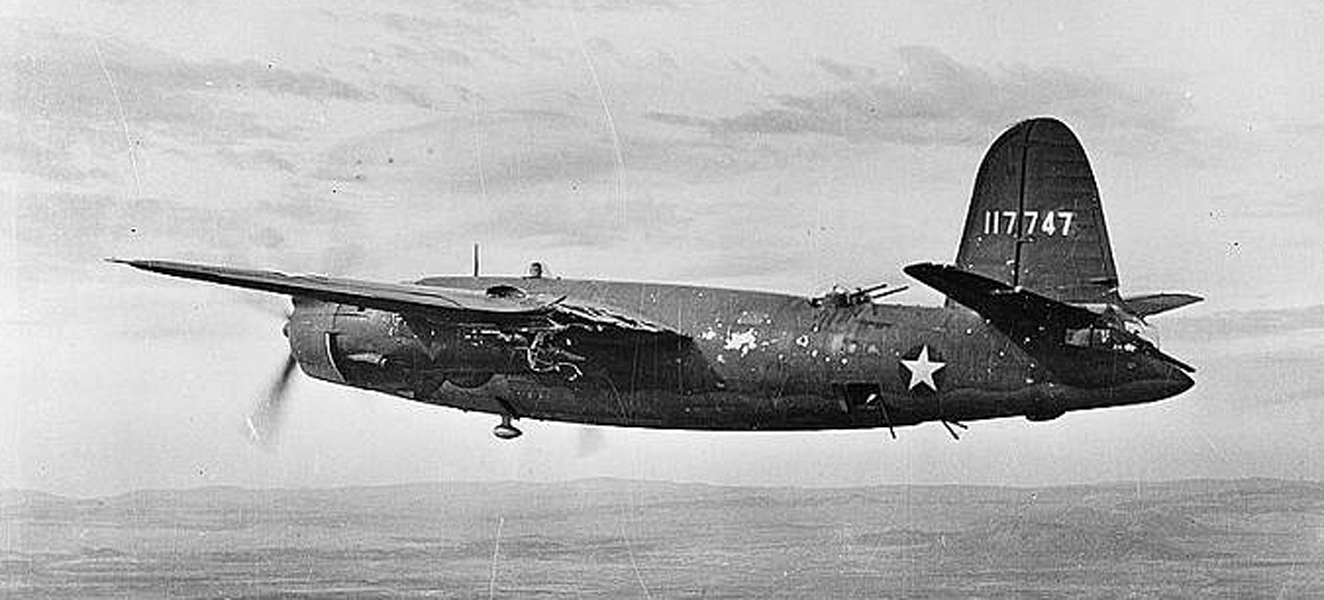
Indeed, many bombers did not return to base. And those that survived, there were many holes on the wings and tail. Any improvement in the protection of the hull of the aircraft could save more than one hundred pilots lives.
The command suggested that armor enhancements are required by those parts of the aircraft on which the most holes were observed. However, what seemed obvious was wrong. In fact, the places punched by the shells on the contrary showed the strongest parts of the body. After all, with these holes the plane remained intact enough to fly to the base.
The mathematician Abraham Wald, who discovered the error, later, on the basis of statistical methods, not only identified the most vulnerable points of the aircrafts, but also calculated the possible length of flight with certain types of hull damage.
The systematic error of the survivors is the tendency to focus on one group of data (“survivors”), ignoring or not having data on the other (“dead”).
')
The chances of surviving a bombardment were the same as when playing Russian roulette with several rounds. One time he may be lucky, but if you continue to play, no luck will be enough.

Indeed, many bombers did not return to base. And those that survived, there were many holes on the wings and tail. Any improvement in the protection of the hull of the aircraft could save more than one hundred pilots lives.
The command suggested that armor enhancements are required by those parts of the aircraft on which the most holes were observed. However, what seemed obvious was wrong. In fact, the places punched by the shells on the contrary showed the strongest parts of the body. After all, with these holes the plane remained intact enough to fly to the base.
The mathematician Abraham Wald, who discovered the error, later, on the basis of statistical methods, not only identified the most vulnerable points of the aircrafts, but also calculated the possible length of flight with certain types of hull damage.
The systematic error of the survivors is the tendency to focus on one group of data (“survivors”), ignoring or not having data on the other (“dead”).
Project redesign. Start
In 2010, the store approached saturation with organic traffic. About 70% of orders were made through a call center, and only 30% were processed through the site. It was obvious to scale work with paid traffic sources, when most of the orders pass through the call center efficiently - impossible.
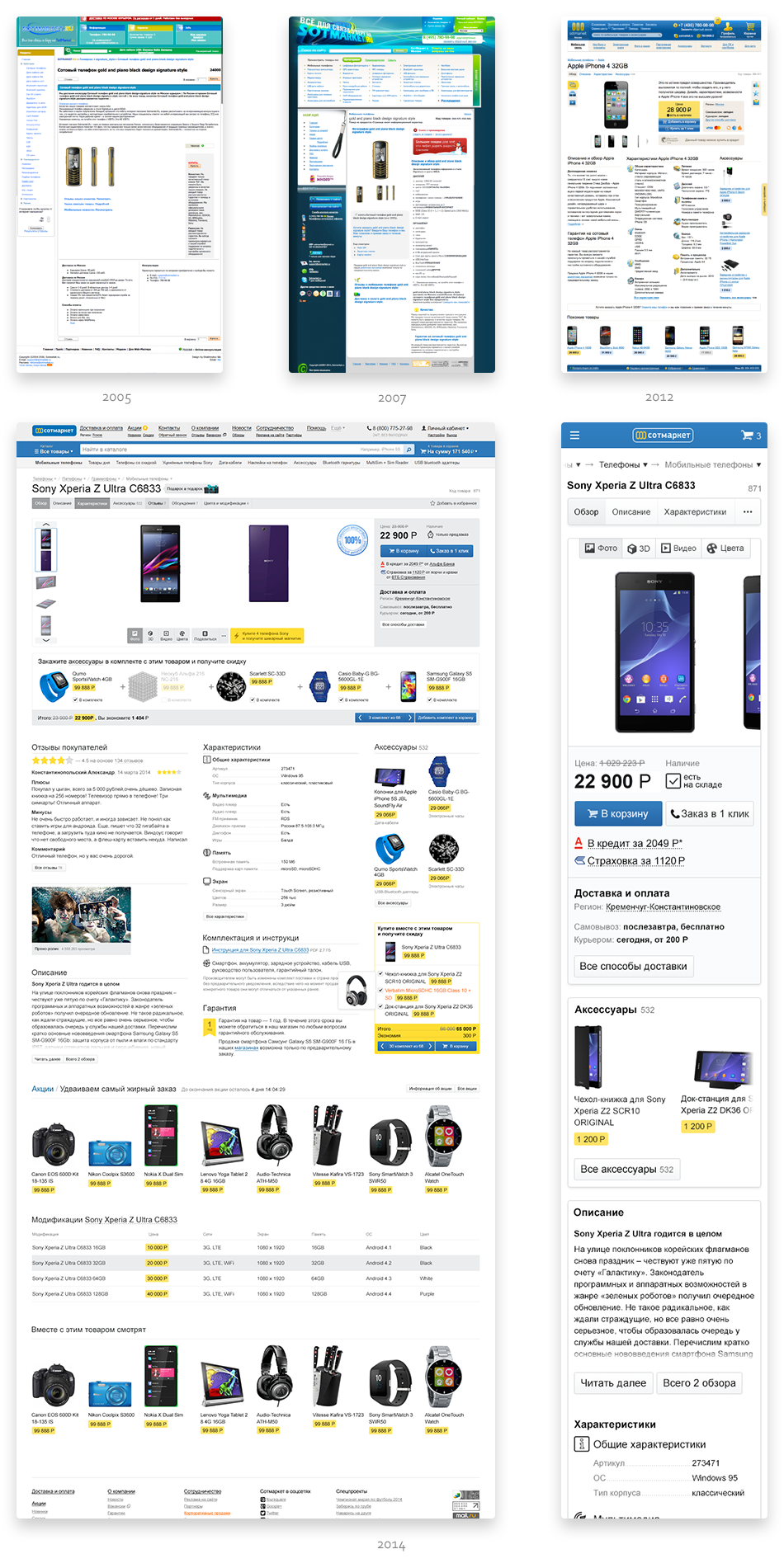
Work on the redesign took about nine months, along with rebranding. Four months after the restart, we summarized the following statistics:
- 74% of orders were processed completely through the site, 18% through a callback.
- 3.7 page views per session versus 2.6 before redesign.
- Conversion to created order increased by 32%.
Although at the time of launch, the recommendation algorithms on the site were raw, in conjunction with the confirmation of the order by telephone, the sales margin increased by 21%, and the time of order processing by the call center operator decreased.
Particular attention in the process of redesign was paid to the search engine optimization of the site as a basic source of traffic. Here it was necessary to find trade-offs between content for users and technical, optimization schemes. So from 2010 to 2014, organic traffic increased almost 7 times: from 0.6 to 4.1 million sessions per month (excluding branded requests) .
At the beginning of 2014, with the help of colleagues from OWOX, we were the first in Russia to successfully implement Google Universal Analytics with more than 100 events that track user activity on the site. And also began the introduction of QliqView for data visualization and analysis.
In the same year we started the second large-scale redesign of the online store. The key task was the adaptation and personalization of the site for users of mobile devices.
Promotions, newsletters and affiliate sales are new sales drivers.
Share pages are the weakest templates for the vast majority of retailers. Usually it is either text foot wrappers with references to how to find certain goods in the catalog, or clumsily drawn up whole pictures.
In our case, the landing page of the action was distinguished by a minimalistic header, from which a quick transition between the existing shares, the main conditions of the action and the goods participating in the action were available. This page template was focused on affiliate and direct mail traffic. Thus, the conversion to purchase through these channels was on average 21.7% higher than the usual illustrated text page.

Note by the author. Placebo design
Many interface elements do nothing. Often encountered clumsy "selling landings" hung with a large number of non-functioning interfaces.
Limited sentences with countdown timers at the end of which nothing happens. Notice that someone else is viewing this promotion. The ability to reduce the price of a product or service. Many visual anchors are designed to motivate visitors to action.

A similar placebo design can be found offline. For example, in many public elevators in the US and Europe, the button for closing elevator doors has not closed them since the 1990s and the increasing public attention to the rights of persons with disabilities. These buttons are used only by workers or service personnel and work only with the key. In modern constructions of public elevators, this button may be absent.
Most of the intersections are now computerized, but once the small buttons at pedestrian crossings allowed people to report the need to change the traffic light signal. In the USA, these buttons are now almost everywhere disabled, but the task of replacing or removing them in most cities was so big that they were simply left. And people still click on them, because the signal of the traffic light, in general, is changing.
Limited sentences with countdown timers at the end of which nothing happens. Notice that someone else is viewing this promotion. The ability to reduce the price of a product or service. Many visual anchors are designed to motivate visitors to action.

A similar placebo design can be found offline. For example, in many public elevators in the US and Europe, the button for closing elevator doors has not closed them since the 1990s and the increasing public attention to the rights of persons with disabilities. These buttons are used only by workers or service personnel and work only with the key. In modern constructions of public elevators, this button may be absent.
Most of the intersections are now computerized, but once the small buttons at pedestrian crossings allowed people to report the need to change the traffic light signal. In the USA, these buttons are now almost everywhere disabled, but the task of replacing or removing them in most cities was so big that they were simply left. And people still click on them, because the signal of the traffic light, in general, is changing.
Design and design in the marketing of an online store determine the possibilities of its merchandising. Most predictive algorithms are effective only with the right visual context.

Programmatically change the background of images. Almost all product photos of suppliers are provided on a white background, which does not allow to transfer the image of the goods to another background without repeated clipping. To implement the design of color substrates without many hours of manual work, we took advantage of the imperfections of human perception.
The human eye does not see the difference in tones without being able to match. So, for example, we do not notice the difference in the color rendition of two monitors, until they appear next to identical pictures on the screen.
So, the solution was to impose a color layer with transparency 96-98% on top of the image at the level of HTML-layout. In this case, when you hover on the commodity block created the opposite effect. Removing the overlay "gray" background, returns the brightness and contrast of the picture, making it more attractive against the others.

Commodity blocks in the catalog. The following types of block design can be distinguished:
- By status: available, on order, marked (stock, new, discount), out of stock, in the basket. If the product is temporarily taken out of sale, it is worth giving the customer the opportunity to at least subscribe to the notification of the arrival, and when the product is already in the basket, the ability to quickly switch to it.
- According to the type of photograph: horizontal, vertical. Not for all the narrow elongated block is suitable. For example, photos of TVs, cameras are often wider and already mobile phones.
- The block size allowed to integrate directly into the issuance of a banner of a standard size of 200x300 pixels. Such placement usually has a high CTR due to nativeness.
For adaptive sites, the principle of a gradual increase in information is widespread. For example, when you hover on a commodity block, additional content is shown. Such an approach, including allows you to balance the task of search engine optimization and normal perception of content.
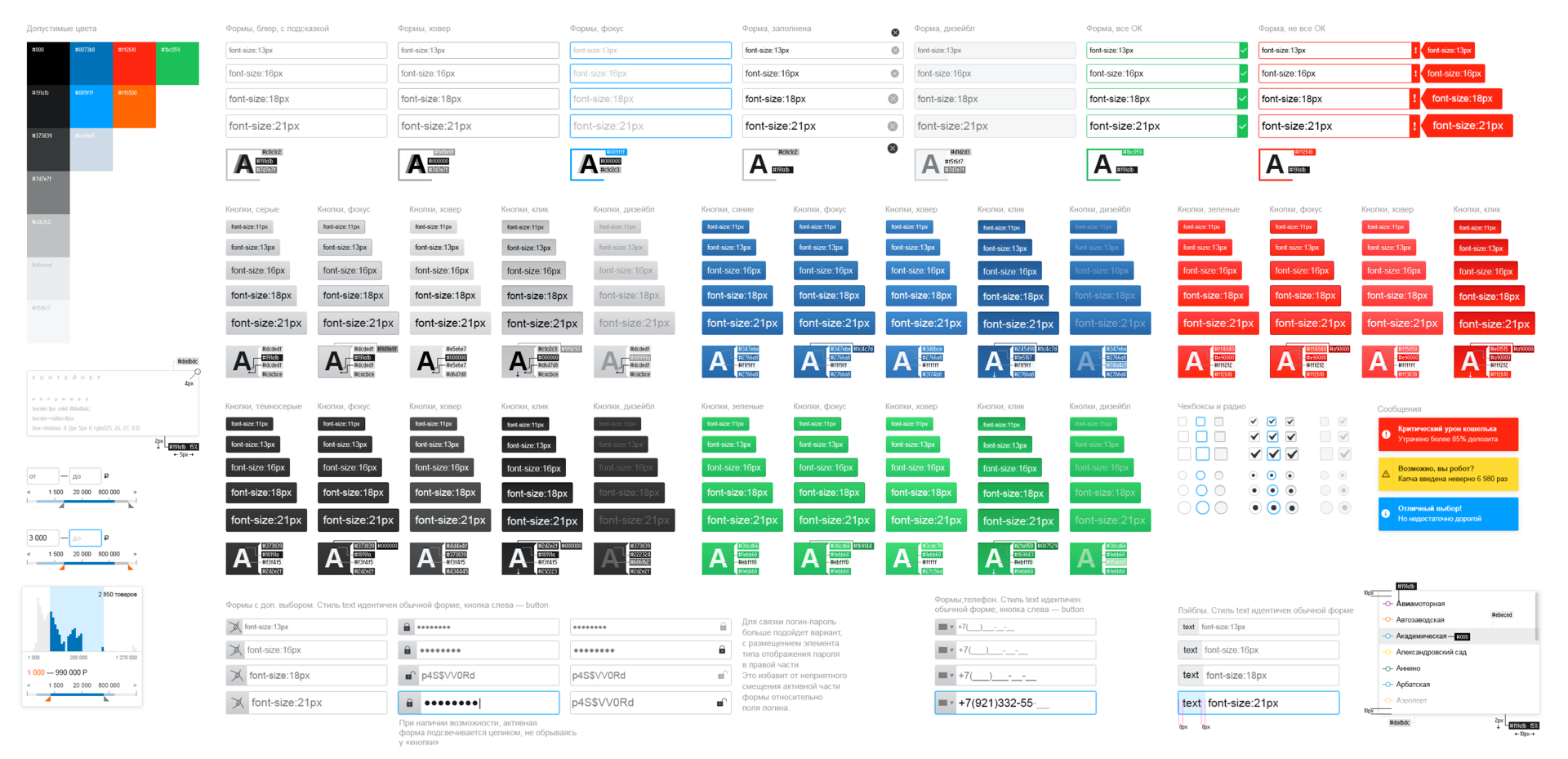
Interface elements. Formalized GUI makes the interface not only more intuitive, but also allows you to provide quality support for the project, on which several designers and developers are working.

Perception management. Site header is organized into three logical hierarchies:
- The inversion combined the main navigation elements: logo, menu, search and basket. In this design, the color contrast first attracts the attention of the viewer.
- Auxiliary navigation is highlighted in enlarged size of pinnacles and icons.
- Additional navigation going to the third level adapts to a specific section of the directory and tells the client the most popular sections in it.

Footer combines interactive sections of the client’s personal account: selected and viewed products, help tools, as well as a pass-through user ID, which is used by the operator to view the client’s session.
Affiliate Marketing. The era of the clickers
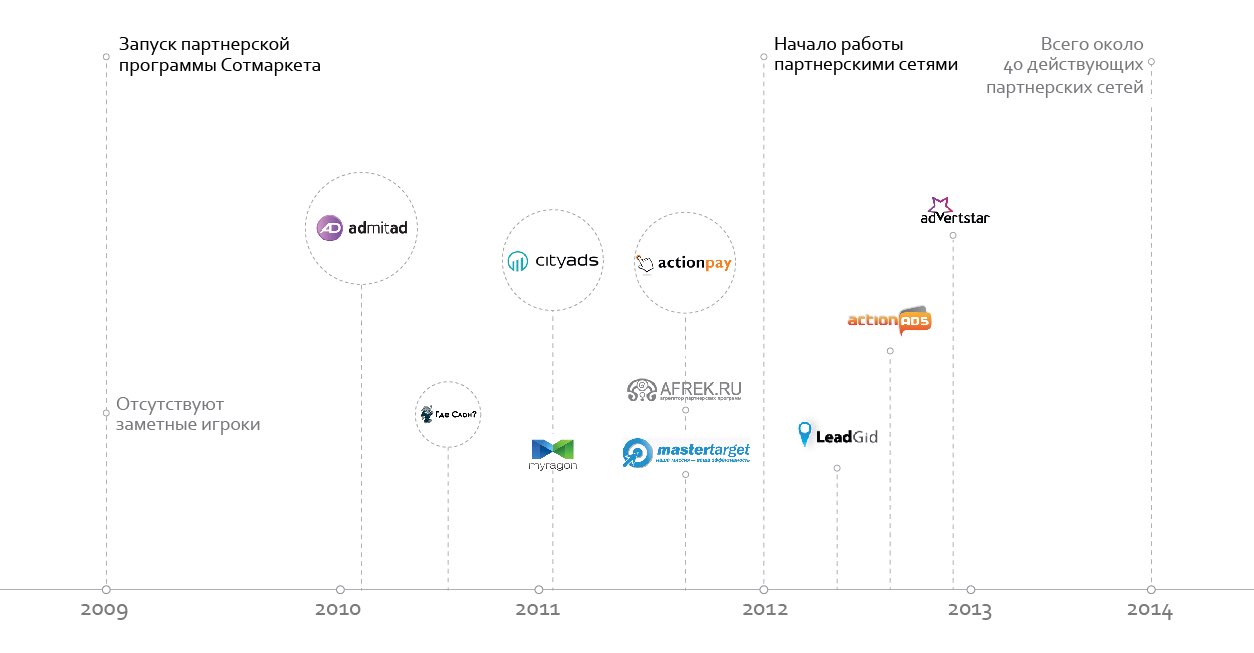
In 2010–2011, active growth in traffic and orders provided, including. own affiliate program. Several hundreds of partners connected directly attracted orders, receiving a percentage of sales.
2012 saw an active growth in CPA networks in Russia. At that time, each affiliate network had a certain amount of unique traffic. What made it appropriate to connect to each of them. By the summer of that year, in less than 5 months, the company was integrated with more than 20 partner networks.
In December, more than 24 million unique users visited the Sotmarket website, about 1/3 of the RuNet audience at that time. In January-February 2013, the growth in traffic continued, and sales conversion began to decline.
It is difficult to imagine the negative consequences of payment for completed orders based on our own accounting system. However, the fact is that when working with a partner network, the advertiser does not have the ability to visually control the quality of the published advertisements: sites, context, layout formats, as opposed to a direct affiliate program. This opens up opportunities for fraud.
Note by the author. Deception technology
2013 was one of the peaks in terms of the number of intra-market trials between affiliate networks and advertisers. Networks accused each other of various frauds. Advertisers ignored existing problems or made unsuccessful attempts to act in the legal field.
Here are some examples of different types of fraud:
Partner networks are not able and not interested in effective monitoring, filtering sources of customer acquisition.
The growing market of mobile advertising is now facing similar problems when working on a model - CPI (Cost Per Instal) in a more hypertrained form. A small number of professionals able to work with mobile advertising and not sufficient transparency of mobile analytics create unhealthy ground for this.
Here are some examples of different types of fraud:
- Branded traffic. Turns on when you go to bed. The partner on the night or on the weekend includes a prohibited type of contextual advertising. Working through the site-laying with auto-redirect (blog, coupon site, etc.), the client is set up with a partner cookie identifier and hides the real source of attraction.
- Clikander and popander. Included is dosed into allowed traffic channels. As in the first case, the user passes the auto-redirect through the site-strip. After that, it is assigned to this partner. The pop-up window can automatically close, be hidden iframe-ohm. Finding such manual manipulations is almost impossible.
- Tulbar Turns on when the buyer has already decided to make a purchase in the store. In the client’s browser, the same auto-redirect occurs, which interrupts the session and fictitiously returns the client to the purchase page, but already with reference to a specific partner. Less aggressive methods suggest that the user will click and reload the page. For example, by clicking on the discount coupon offer, stock information or low prices in another store.
Partner networks are not able and not interested in effective monitoring, filtering sources of customer acquisition.
The growing market of mobile advertising is now facing similar problems when working on a model - CPI (Cost Per Instal) in a more hypertrained form. A small number of professionals able to work with mobile advertising and not sufficient transparency of mobile analytics create unhealthy ground for this.
The main vulnerability was in the attribution of orders on the model of the last paid click. Clikander and popander traffic due to the high volume and intensity of impressions began to re-tie customers, mainly organic sources, to themselves, with a negligible real contribution to the conversion.
In the next 3 months, we significantly updated the terms of the affiliate program and introduced a fraud filtering system.
Traffic analysis was based on a set of technical and behavioral indicators of the user session:
- Technical characteristics of the session: clicks, cursor movement, number of page views, etc.
- Entry points, inside site transitions, achievement of target actions during the session.
- Frequency of rewriting the source of traffic in the chains to attract users to this partner.
So partners were classified by the stated type of traffic, defining their reference metrics. The deviation from the given indicators outside the given corridors was treated as fraud. In such cases, the system automatically assigned the order to the previous partner in the chain that successfully passed the test.
Along with the change in user behavior in the reference traffic sources, the filter settings were also adjusted. The system was trained manually. Not without errors, when quality traffic was marked as fraud. In this case, the partner was charged a reward manually. Although such cases were no more than 0.4% per month.
Free and paid traffic channels
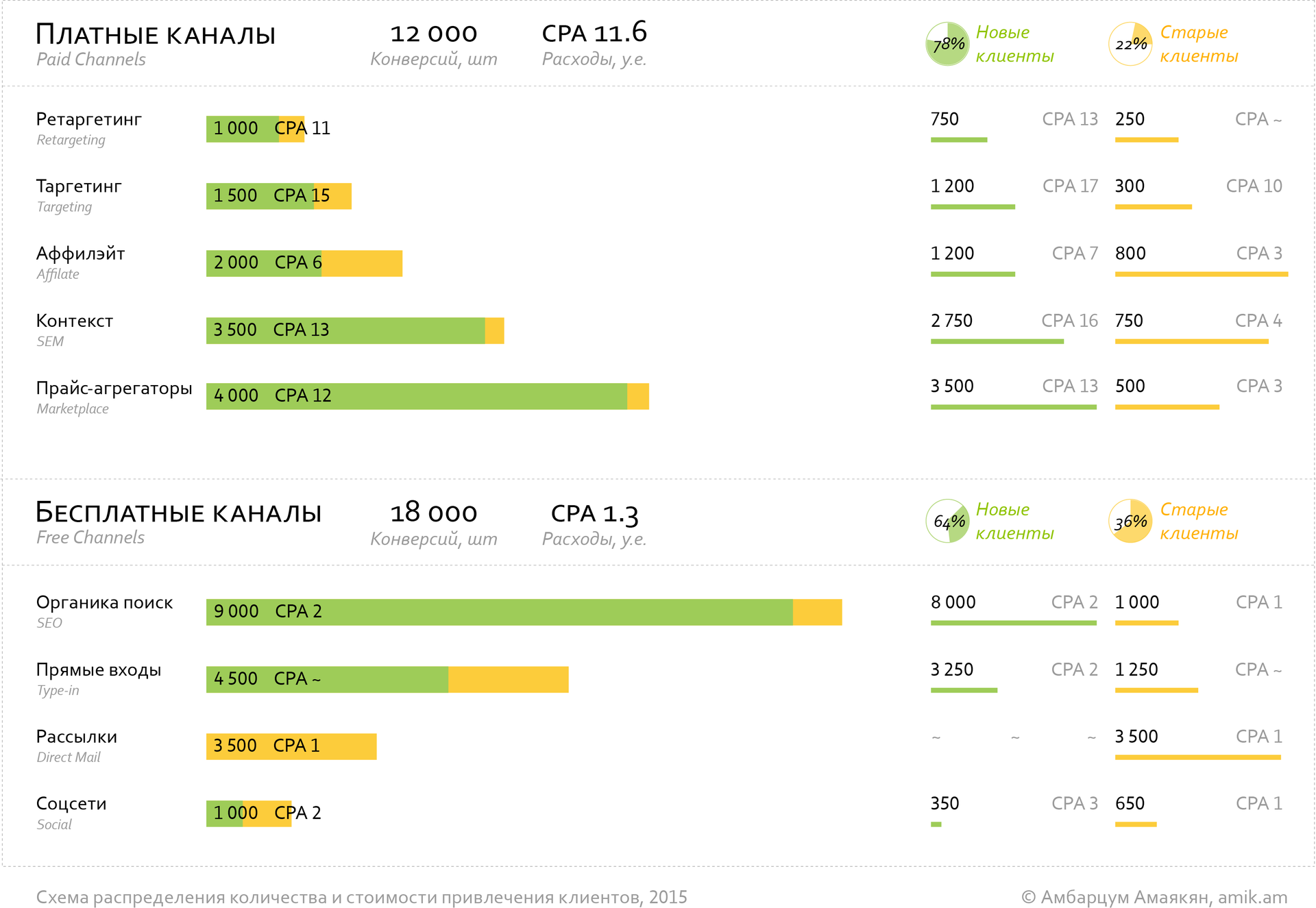
The graph above shows the distribution and cost of attracted customers on the model of the last click. Brand queries are excluded from the contextual and search traffic channels and are included in the direct entrances.
Note by the author. Techno capacity of marketing channels
Technology-intensive channels are sources of attracting targeted traffic, requiring substantial investments in technical resources and low elasticity of traffic growth in the budget. Those. higher advertising costs do not lead to a proportional increase in targeted traffic.
Such channels, for example, are: search traffic, direct mail, affiliate marketing. They are traditionally the most effective in the e-commerce market. In long-term strategies, commercial promotion channels are additions to technology-intensive channels. The latter can be up to 60-70% in traffic and up to 80% in sales.
At the same time, the average check depending on the channel and the source of attraction may differ significantly. Therefore, for example, great importance in affiliate marketing are given directly to the choice of sites and shares; for mailings with a discount or a gift, you can increase not only traffic volume and revenue, but also not lose in gross profit. So, often more than half of those who have transferred from the letters will make a purchase without using the action.
Modern marketing cannot develop successfully without IT and advanced analytics. Competent management of technical resources affects not only revenue growth, but also reduces advertising costs.
Such channels, for example, are: search traffic, direct mail, affiliate marketing. They are traditionally the most effective in the e-commerce market. In long-term strategies, commercial promotion channels are additions to technology-intensive channels. The latter can be up to 60-70% in traffic and up to 80% in sales.
At the same time, the average check depending on the channel and the source of attraction may differ significantly. Therefore, for example, great importance in affiliate marketing are given directly to the choice of sites and shares; for mailings with a discount or a gift, you can increase not only traffic volume and revenue, but also not lose in gross profit. So, often more than half of those who have transferred from the letters will make a purchase without using the action.
Modern marketing cannot develop successfully without IT and advanced analytics. Competent management of technical resources affects not only revenue growth, but also reduces advertising costs.
Calculation of advertising costs to order or attracted customer - the most simple and common method of managing advertising costs, which most often adhere to small online stores. With the expansion of the range of goods, services and an increase in the marketing mix, there is an organic transition from CPO to ROMI . The traffic attribution system also changes: from accounting by the last click to distributed models, when each channel, the source in the customer attraction chain gains weight in proportion to its contribution to the conversion.
In advertising costs, it is also reasonable to take into account marketing discounts - these are discounts offered to attract and retain customers. For example, in direct-mail channels, social networks, coupon and cash-backed traffic, the percentage of discounts is greatest. However, given the high average check, for example, subscribers can earn up to 25% of revenue. In addition, mailings make a high contribution to the conversion of other traffic channels.

The best mass mailing is inferior in terms of productivity by trigger 3-5 times. Therefore, work on any project should start with them. The task of mass mailings is building a relationship with a client, informing and solving current tactical tasks.
Bulk mailings:
- Promotions and discounts - regular special offers, sometimes exclusive to subscribers.
- Seasonal and thematic - new items for the summer, winter seasons or significant holidays.
- Content and news - information about new products released for sale, about how you can use the products, products of the company.
On average, 12-16% of customers visiting the site are authorized, i.e. they are known for contact information. The level of client authorization is important - this is the share of the audience with which direct mail communication is possible.
Trigger mailings:
- Behavioral - related to user behavior on the company's website. For example, an abandoned basket.
- Event - related to external events. For example, birthday, local holidays, etc.
- Transactional - related to purchases and customer relationship history. For example, related products to order.
Mailings without collecting contact information
Up to 9% of traffic on the retailers' website can be made by cashback users (Sberbank Thank You, Mnogo.ru, Svyaznoy Club, etc.) or coupon services (Groupon, Biglion, KupiKupon, etc.). These are customers who have already shared their contacts with these companies.The problem is that the data is often not even aware of the fact that the user has visited a certain store, and even more so about the interest in certain products.
This audience is interesting because it is usually attracted by the partner model, i.e. payment for advertising is made for the transaction .
In order to fill the gap between the transfer of a registered user with a partner and his interests to the products on our website, we have come up with a fairly simple way to exchange information without transferring personal and contact information of customers:
- , . (Cookies Matching) , , RTB-.
- XML- , . , , , .
- URL- , — JavaScript.
- PostgreSQL ( Hadoop, Hbase) , .
- API , : , , , .
Thus, the user who opened the affiliate mailing list or logged in authorized to the site was assigned cookies, which allows him to keep track of his actions during the transition to the retailer. As soon as he visited the store site and, for example, formed and threw a basket, the system sent the relevant information to the partner.
The key to exchange data is the user ID. The formation of the distribution took place on the side of the partner, the contact data were substituted by him before sending the message. Similar triggers added 25.5% of channel sales.
It is worth noting that no marketing can replace service and high-quality operational customer service. However, being the third largest item of expenses of an online store, it can become either an agonizing ballast or a powerful sales engine.
Source: https://habr.com/ru/post/265361/
All Articles